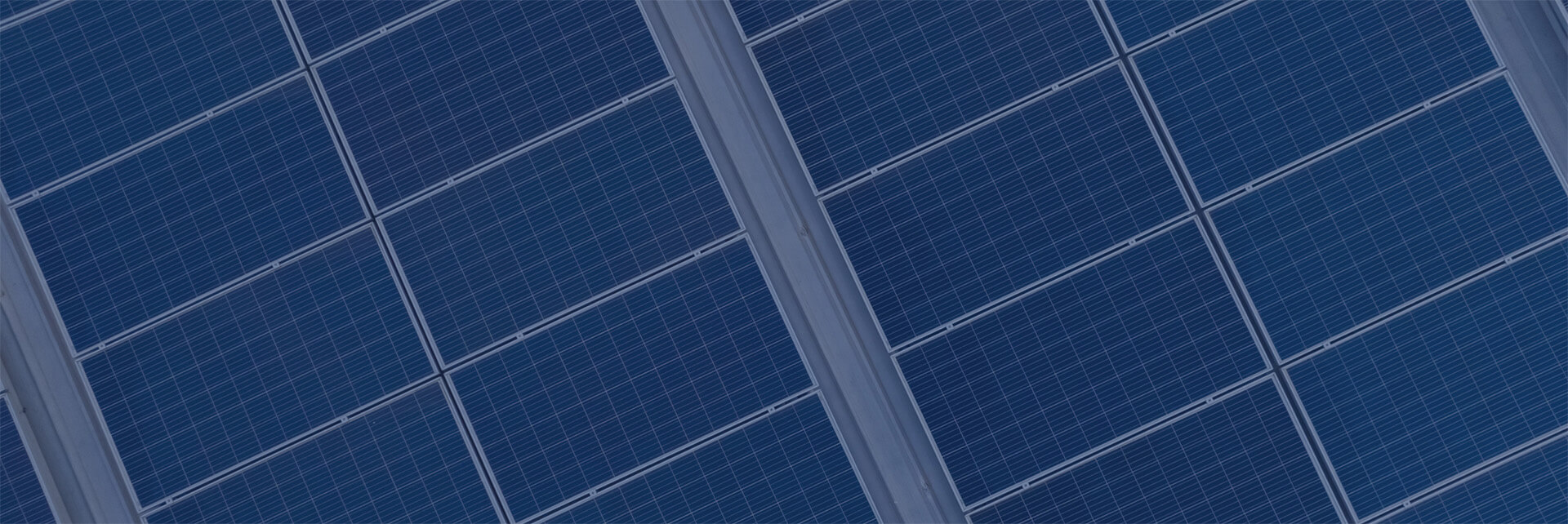Have a look at this summary of the WEO 2020 and the future trend for solar electricity: https://pvbuzz.com/world-best-solar-power-schemes-cheapest/
This is a really exciting and important development and policy-makers at all levels should take note. It’s also relevant for individual home and business owners in Ontario.
The International Energy Agency is an autonomous intergovernmental organization established in the wake of the 1973 oil crisis. It was dedicated to responding to physical disruptions in the supply of oil, as well as serving as an information source on statistics about the international oil market and other energy sectors. Its flagship publication, the World Energy Outlook (WEO), is updated regularly and is a primary source for global energy projections and analysis. (Wikipedia)
The 2020 edition of the WEO has been released and it focuses on the global energy outlook in the wake of COVID-19 and the recent crash in oil prices.
The WEO 2020 assesses global energy demand and supply across a range of scenarios focusing on different COVID-19 recovery models and different degrees of emphasis on sustainable development and climate action.
Across all scenarios in the WEO 2020 photovoltaic (PV) electricity generation (ie solar power) leads all other sectors in growth. Further, PV is the lowest cost source of new generation. Yes, the lowest cost. Renewable energy, led by PV, is also the only energy technology expected to grow in 2020 over 2019, proving itself more resilient to the trials of COVID than any other.
One would expect solar to figure prominently in scenarios that aggressively tackle climate change, and it does. However, even in the ‘business as usual’ scenario, based on current COVID recovery policies, solar is the main driver of growth and is expected to set new records for global deployment year after year.
Keep in mind that this is the global perspective and while it includes all forms of solar generation, the analysis is dominated by utility scale solar farms.
So in that context, you may be asking: How does this affect me? Let’s take a look at that.
In Ontario we enjoy cheap, abundant, and reliable electricity. Here’s a brief comparison of average electricity pricing by country:
| Country | Average Electricity Price (03/20) cents/kWh |
| Canada | 14 |
| USA | 19 |
| China | 11 |
| UK | 34 |
| Germany | 50 |
| Austrialia | 32 |
| France | 28 |
So can solar actually be cheaper, even at smaller scale? The answer is Yes. Here’s why.
Levelized Cost of Energy (LCOE) is a measurement of lifetime cost. If we divide the cost of building and operating a power plant by its lifetime generation we’ll get its Levelized Cost of Energy. Right now, in Ontario, LCOE for residential solar electricity systems is in the range of 18 cents/kWh to 25 cents/kWh. The current peak electricity price in Ontario (Oct 2020) is 21.7cent/kWh . So, depending on the system details, residential solar in Ontario is about the same or less than the price already being charged at peak periods. For larger commercial systems the LCOE drops to 10 to 15 cents. Yes: Cheaper. Now.
Another of the WEO findings is that electricity distribution infrastructure suffers from deferred maintenance. IE the infrastructure is aging faster than utilities are maintaining it. (This is the topic of the book “The Grid: The Fraying Wires Between Americans and Our Energy Future“, by Gretchen Bakke – it’s a great book; I recommend it.). Solar electricity is a distributed energy resource (DER) and thus reduces strain on our existing infrastructure, delaying the need for upgrades. IE DERs are good for the grid.
Related to infrastructure is the rise of the ‘smart grid’. A smart grid is essentially the collision of energy generation, distribution, and consumption with the internet, control, and data analytics. It’s about ensuring that energy is in the right place at the right time and making energy systems that are efficient and resilient. Solar electricity is a key pillar in a smart grid because it is the fastest and easiest generation technology to deploy and can be deployed almost anywhere and at almost any scale. Growth in solar is pushing the smart grid forward in Ontario.
When it comes to climate action, the primary sources of carbon emissions in Ontario are transportation and space conditioning. Decarbonizing our province will have to include ‘deep electrification’ – this is the replacement of fossil fuels in these key areas with electrical replacements. And make no mistake: this is already happening. Electric vehicle (EV) growth is huge and all the major car makers are tooling up for major EV roll outs. And traditional furnaces and other heaters are being replaced by electric heat pumps, air source or ground source. As this trend continues, electricity consumption will rise. For that electricity to be truly clean and green it needs to be renewable, which brings us back to solar: the easiest to deploy, most scalable, most accessible renewable energy generation technology there is.
So if you’re looking for smart steps that you can take to tackle climate change, build resilient grids, and recover from COVID think solar power. It’s here, it’s now, it’s affordable, and it’s gonna be king.
JP Pawliw
